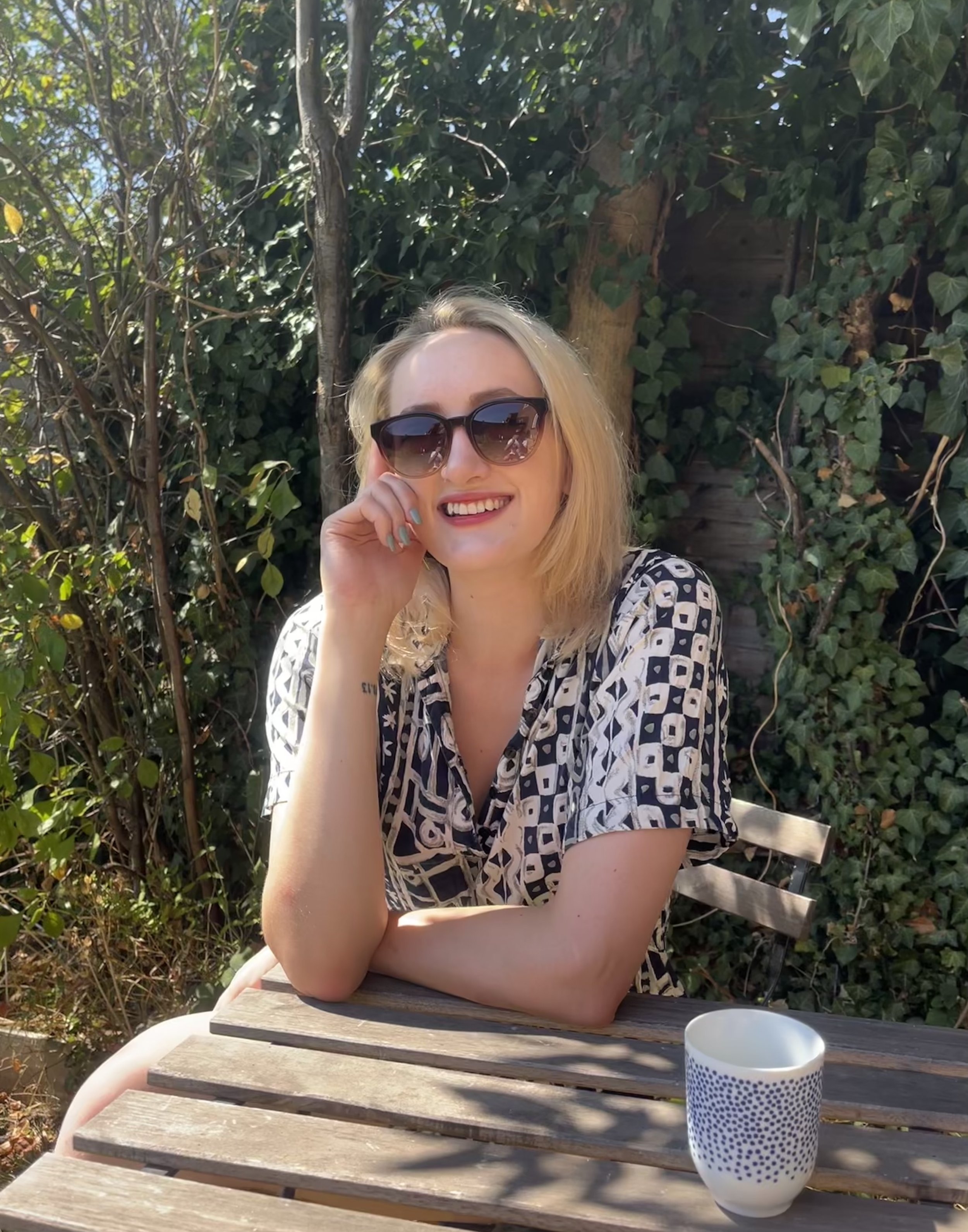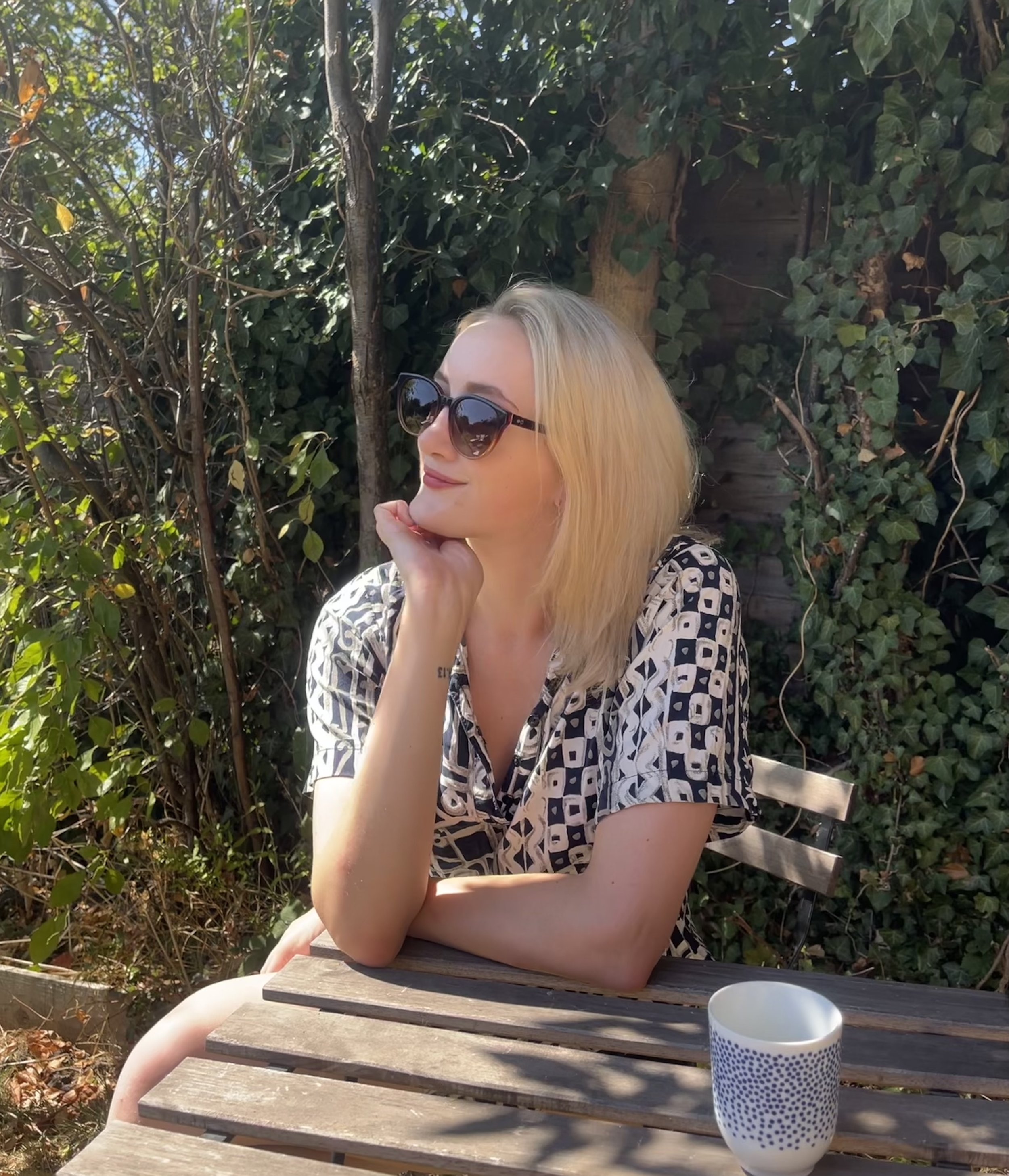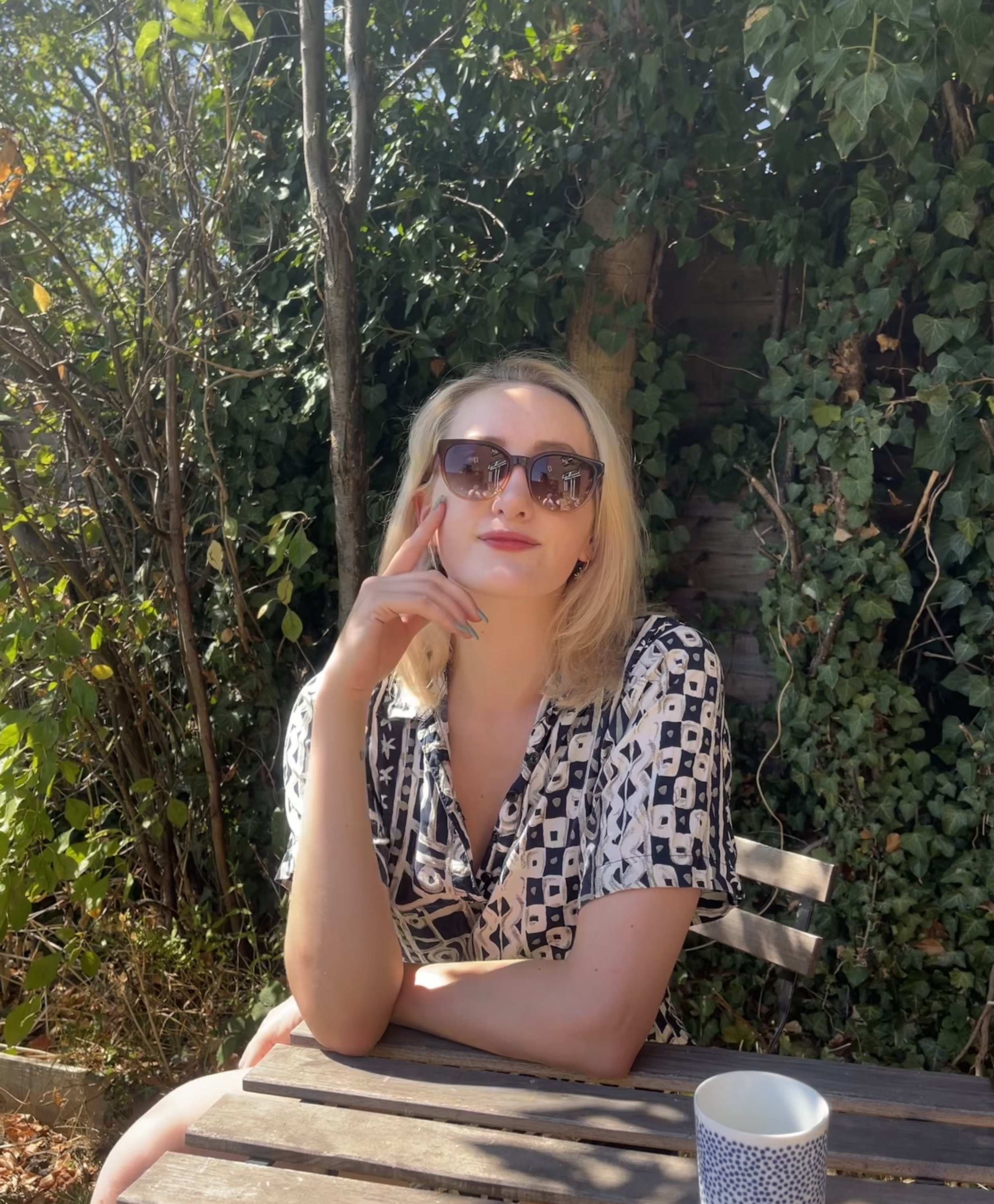The conscious consumers' dilemma: Business for good*
*This content is sponsored by Pala Eyewear, but all thoughts are 100% my own
Overproduction, overconsumption, and buying new in general is a major issue. This is what independent sunglasses brand Pala Eyewear told me about their views on the state of sustainable fashion. However, they remain committed to growth due to crucial eye care projects funded by sales of their products, a dilemma faced by many ethical businesses trying to rethink their purpose.
”Our choices will be felt for generations, if not forever. Our business model gives me hope, but there’s so much more room for improvement,“ says Pala’s founder John Pritchard. To address this desire to fill that gap, Pala is a certified B-Corp with a business model based on charitable giving, and they’re working towards circularity with natural materials and a take-back recycling programme.
Part of this commitment to a different way of doing business is signing onto the principles of Fashion Declares, a new movement led by Safia Minney to take action in the climate, ecological and social crisis. It presents a manifesto for all industry stakeholders to align with, which includes:
Speaking Out for Urgent Action
Decarbonisation, Restoration of Ecosystems & Biodiversity
Social Justice & The Just Transition
Radical Transparency & Corporate Governance
The Regenerative Fashion Model
Giving back
Pala is dedicated to improving eye care in Zambia, Ghana, Sierra Leone and Ethiopia. They shared some striking stats with me to explain why:
10% of people globally are unable to access the eye-care they need (World Health Organisation)
There are 73% more blind and visually impaired people in Africa than the rest of the world (International Agency for Prevention of Blindness)
12 million children struggle to learn simply because they need glasses to read (United Nations)
According to research by Vision Aid Overseas, restoring sight is a major tool to tackle poverty. Through their work, 78% of adults who received treatment or glasses saw improved quality of life and household income, 73% of children who received corrective eye surgery or glasses improved at school. Every pair of Pala sunglasses, funds this work in conjunction with NGOs and local governments. So far, the brand has helped 11,000+ people access prescription glasses or corrective surgery with £43,327 grants awarded to eyecare projects.
“Our dream is to fund eyecare centres at a far greater pace. For that to happen, we need to grow. We need to collaborate with like-minded brands who will bring global visibility to our mission. We need to build a community of advocates who share our story. And we need to innovate and explore opportunities to reduce our impacts with others.”
For their next project, Pala is building a new vision centre in Sierra Leone, a country with only five qualified optometrists for a population of 7 million people. They told me that to meet this ambitious commitment, they need to sell over 5,000 pairs of sunglasses. Eye health is such an underappreciated area so it’s uplifting to see a small eyewear brand give up profit to invest in it, unlike some larger corporations in this sector. Ultimately it shouldn’t be up to brands and consumers to enact this kind of crucial social change, but it’s hard to deny the power of your purchase in this case.
What is a B-Corp?
B-Corps are businesses that are assessed every three years to ensure that the pursuit of profit is balanced with a legitimate social and environmental purpose. It essentially means that materially positive impact on society and the environment and not just shareholders. Sustainability certifications have had a bad rap recently, with controversies over misuse of sustainability data leading to a hell of a lot of greenwashing. But the B-Corp assessment process is intense and relies on a high level of transparency across business operations and the supply chain. Pala has a score of 84.1 in their last B Impact Assessment (significantly more than the median score of 50.9), so they’ve really done the due diligence here.
The supply chain
The frames themselves are made in Italy by the Marchese family. They are produced in batches of 30 items to reduce post-production waste. Each element of the sunglasses is also sourced in Italy, with Bio-acetate made in Varese and Figliaro, lenses manufactured in Bologna and Pontelangorino, and metal fixtures from Susegana. Each supplier in Pala’s value chain has signed onto a fairly comprehensive code of conduct, and I really appreciate the level of supply chain transparency and simplicity they have, which is no small feat.
The packaging is also an interesting area for Pala. They collaborate with a non-profit in Ghana which supports female weaving communities in Bolgatanga that make sunglasses cases out of recycled plastic waste. The weavers here are already experiencing the impacts of climate change on their food security and livelihoods in traditional agricultural areas, so this project provides additional income so they are more resilient when crops fail. To secure this, the wages they receive are calibrated at 2.5 times the national minimum wage.
Sustainability and circularity
One of the most underrated areas of sustainability is durability in product design. This means not just timeless styles that are unlikely to fall out of fashion, but also high-quality materials and manufacturing. Pala claims that their sunglasses are made to last for at least 5 years, and I hope that the gorgeous frames they sent me will stand this test of time (and my tendency to lose everything I take out with me…). If they do break beyond repair or I fall out of love with them, Pala offers recycling through Teracycle to take back old frames which get broken down and repurposed into things like road cones and nuts and bolts.
Greenwashing is becoming so ubiquitous in the fashion industry - including for accessories like sunglasses which are largely made from plastic (read: fossil fuels). This is why it’s so refreshing to see real honesty from Pala about their journey rather than a ‘perfect score’ that can mislead consumers. Their frames are made from 64-68% plant-based materials which are certified biodegradable, but this process happens strictly in industrial conditions, not your garden compost bin - a crucial point of difference in ‘eco’ communications. John explains here some more information about Pala’s stance on sustainability:
“As a small company, we’re at an early stage of understanding our full carbon impacts. Unlike many of our competitors, we don’t claim to be carbon neutral or carbon negative because we think those claims should be robust and backed up by science to avoid misleading our customers. We also think claims like this should take account of our full carbon impacts including raw materials and manufacturing (Scope 3 emissions), not just the direct impacts of running our business (Scope 1 and 2 emissions). While it’s not perfect, investing in projects that promote climate justice is the least we can do to offset our emissions. We partner with One Tribe to protect rainforest trees with every purchase you make. We’ve also purchased Wonderbox cookstoves for families Uganda and Rwanda, providing 80% more efficient cooking meaning less wood and improving health conditions.”
Part of the purpose of this exploration of Pala has been to interrogate my own values. Often, I find myself conflicted between wanting to promote so-called conscious consumption, in particular small businesses, and my cynicism about the pressure on consumers in absence of legislation that removes the burden of choice between‘ good’ and ‘bad’ options. I also find a lot of joy in fashion and I truly believe that what we wear matters. Where I’ve settled, for now at least, is that we cannot disregard the power of business to do good while we wait for radical systemic change. When done right, fashion really can lift people out of poverty and we should be able to celebrate that, while still demanding better from power policymakers and corporate executives. Changing the world with your wardrobe might be a lofty goal in our current consumer culture. But your next pair of sunglasses could be a good place to start.





